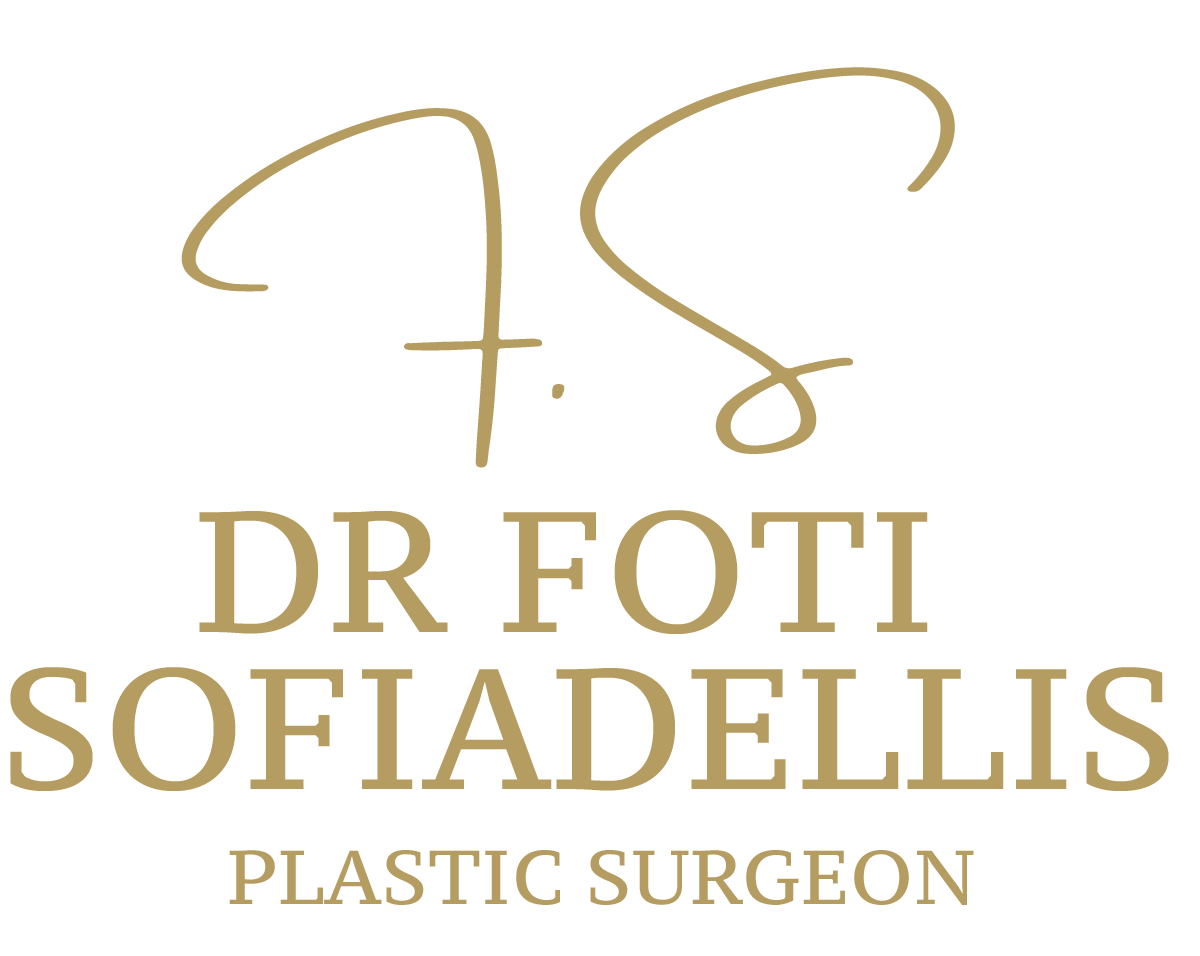Recovery and Aftercare for a Deep Plane Facelift
A deep plane facelift is a comprehensive and advanced surgical procedure designed to rejuvenate the face with long-lasting and natural results. Understanding the recovery process and following proper aftercare guidelines is essential to ensure optimal healing and achieve the best possible outcome. This guide provides a detailed overview of the recovery timeline and essential aftercare tips for patients undergoing a deep plane facelift.
Recovery and Aftercare for a Deep Plane Facelift
Recovery Timeline
Initial Recovery
The initial recovery period following a deep plane facelift is crucial for healing and minimizing complications. Here’s what to expect during this phase:
- First 24-48 Hours:
- Hospital Stay or Home Rest: Depending on the surgeon’s advice, patients may stay in the hospital overnight or be discharged to rest at home.
- Swelling and Bruising: Significant swelling and bruising are normal and will peak within the first 48 hours.
- Pain Management: Pain and discomfort can be managed with prescribed medications. It’s essential to take these as directed to stay comfortable.
- First Week:
- Bandages and Drains: Bandages and any drains placed during surgery are typically removed within the first few days.
- Restricted Activity: Patients should avoid any strenuous activities and keep their head elevated, even during sleep, to reduce swelling.
- Follow-Up Appointment: A follow-up visit with the surgeon will occur to monitor progress and address any concerns.
Full Results
Achieving full results from a deep plane facelift takes time. Here’s a general timeline for the recovery process:
- 2-4 Weeks:
- Reduced Swelling: Swelling and bruising will start to subside, and patients will begin to see the initial results of the facelift.
- Increased Activity: Light activities can be resumed, but patients should still avoid strenuous exercises or heavy lifting.
- 1-3 Months:
- Continued Healing: The majority of swelling and bruising will have resolved, revealing more refined results.
- Scarring: Incisions will continue to heal and become less noticeable over time. Proper scar care, such as using silicone sheets or scar creams, can aid in this process.
- 6-12 Months:
- Final Results: The final results of the facelift will become fully apparent as all swelling subsides and tissues settle into their new positions.
- Complete Healing: The face will feel more natural, and any residual tightness or numbness will typically resolve.
Aftercare Tips
Proper aftercare is essential for a smooth recovery and to maximize the benefits of a deep plane facelift. Here are some vital aftercare tips:
Follow Instructions
- Surgeon’s Guidelines: Adhering to the post-operative instructions provided by your surgeon is critical. These instructions are tailored to your specific needs and will help ensure a safe recovery.
- Medication: Take all prescribed medications, including antibiotics and pain relievers, as directed to prevent infection and manage discomfort.
Avoid Strain
- Physical Activity: Avoid strenuous activities, heavy lifting, and vigorous exercises for at least 4-6 weeks. Gentle walking is encouraged to promote circulation.
- Facial Movements: Minimize excessive facial movements, such as chewing gum or laughing excessively, to avoid putting strain on the healing tissues.
Proper Wound Care
- Keep Incisions Clean: Clean the incision sites as instructed by your surgeon to prevent infection. Use gentle, non-irritating cleansers.
- Moisturize and Protect: Keep the skin moisturized and protect the incisions from direct sunlight. Use sunscreen with high SPF to prevent hyperpigmentation.
Diet and Hydration
- Healthy Diet: Consume a balanced diet rich in vitamins and minerals to support the healing process. Foods high in protein, vitamin C, and zinc are particularly beneficial.
- Hydration: Drink plenty of water to stay hydrated, as this aids in the body’s natural healing processes.
Monitor for Complications
- Watch for Signs of Infection: Be alert for signs of infection, such as increased redness, swelling, or discharge from the incisions. Contact your surgeon immediately if you notice any concerning symptoms.
- Regular Check-Ups: Attend all scheduled follow-up appointments to allow your surgeon to monitor your progress and address any issues promptly.
Recovery and Aftercare for a Deep Plane Facelift: Conclusion
Recovery from a deep plane facelift is a gradual process that requires patience and adherence to post-operative care instructions. By following a structured recovery timeline and implementing proper aftercare practices, patients can ensure a smooth healing journey and achieve the best possible results from their facelift. Always consult with your surgeon for personalized advice and guidance throughout the recovery period.
Deep Plane Facelift Melbourne: Comprehensive Guide




